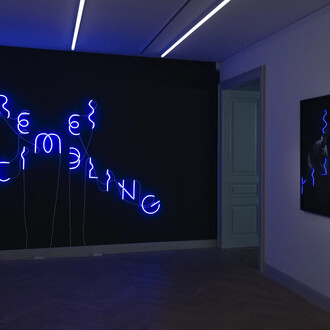In 1945, the French painter Jean Dubuffet discovered Switzerland as fertile ground for his collection and research: In everyday life as well as in hospitals, prisons and psychiatric clinics he encountered people who, far removed from the official art world, created gestural paintings, assemblages and sensitive drawings.
He used the term “art brut” (French for raw or rough art) to describe these intuitively and autodidactically developed art forms. At a time when “art brut” has gained recognition throughout the world, it makes sense to take a look at the history closely linking our country to this art form. The exhibition at the Aargauer Kunsthaus presents Swiss artists from the early twentieth century to the present from the Collection de l’Art Brut (Aloïse Corbaz, Adolf Wölfli and others) along with works from the holdings of the Aargauer Kunsthaus (Walter Arnold Steffen, Alois Wey et al.). Sometimes wildly and freely gestural, sometimes meticulous and detailed, the works focus on man, nature, architecture and emblematic imagery.
The exhibition is produced by the Collection de l’Art Brut Lausanne and realised in cooperation with the Aargauer Kunsthaus.












